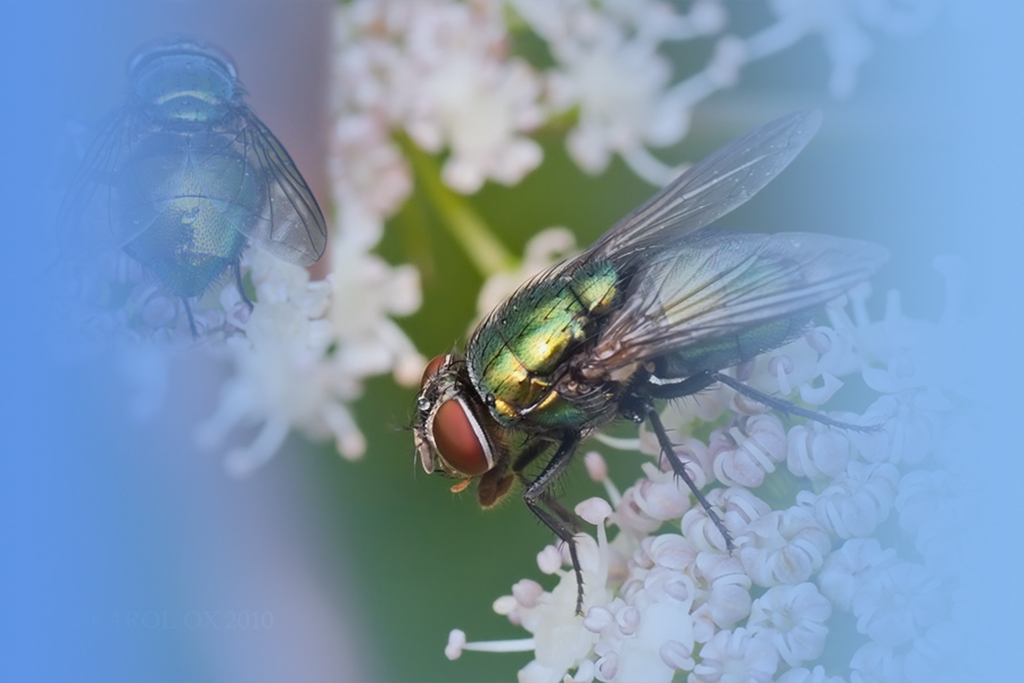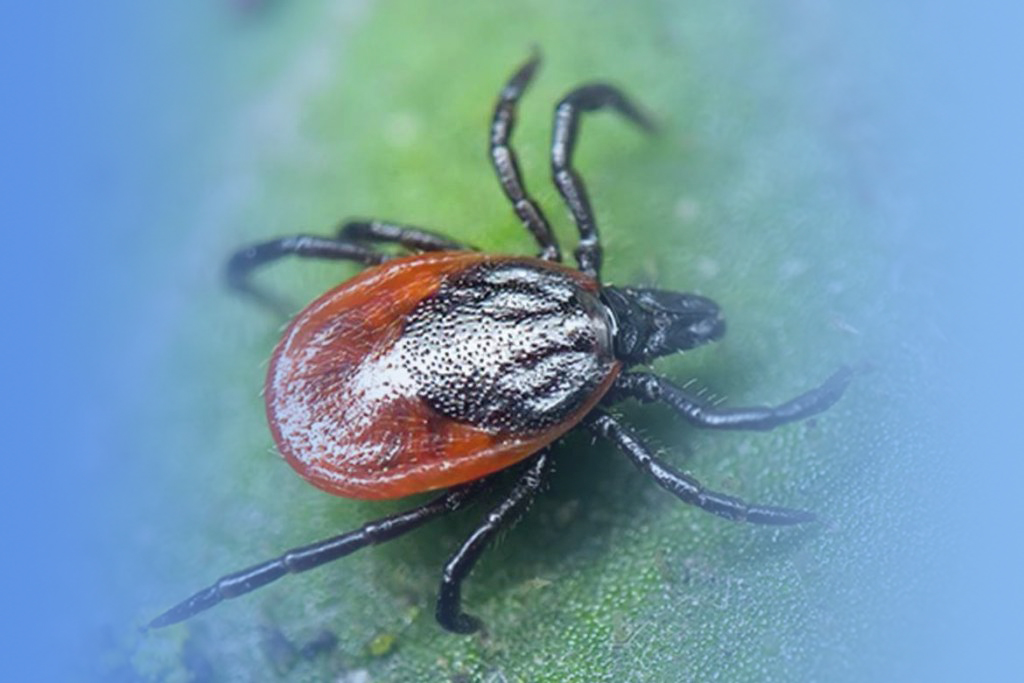WANG Wei, WU Tong-yu, ZHANG Yong-mei, LI Pei-yu, HAO Lian-yi, ZHANG Jing
Chines Journal of Vector Biology and Control. 2011, 22(6): 567-569.
Objective To determine the current resistance of the Blattella germanica (L.) to commonly used pesticides in Tianjin, and provide evidence for better cockroaches control. Methods The residual film method recommended by WHO was applied to measure the median knockdown time (KT50) for B. germanica. Batches of B. germanica were exposed to five insecticide residues (dichlorovos, acephate, propoxur, betacypermethrin and permethrin) in glass jars to determine their knockdown resistance levels. Resistance ratios were calculated as RR50=KT50 of the test strain/KT50 of the susceptible strains. Results The KT50 for field-collected B. germanica in Nankai, Jinnan, Hexi, Tanggu, Dongli, Xiqing and Beichen were 6.15, 6.49, 8.37, 8.22, 7.84, 9.29 and 12.40 min to dichlorovos, 74.28, 65.36, 29.52, 30.23, 30.67, 58.64 and 33.08 min to acephate, and 24.97, 40.63, 27.17, 24.43, 40.73, 42.44 and 40.91 min to propoxur, respectively. The RR50 values for B. germanica of dichlorovos, acephate and propoxur were below 3. The KT50 to betacypermethrin for field populations in Nankai, Tanggu and Xiqing were 32.61, 36.50 and 51.00 min respectively, with the RR50 ranging from 6.48 to 10.71 times. The values for Jinnan, Hexi, Dongli and Beichen were all greater than 120.00 min, with the RR50 greater than 20. The KT50 to permethrin for field populations in Nankai, Jinnan, Hexi, Dongli and Beichen were all above 120.00 min, with the RR50 greater than 20. However, the KT50 value for Xiqing strains was 26.96 min, with the RR50 lower than 5, and the value for Tanggu population was 14.10 min, with the RR50 lower than 3. Conclusion B. germanica control in Tianjin requires reduced administration of betacypermethrin and permethrin along with increased carbamates such as propoxur and organophosphorus pesticides such as dichlorovos and acephate.



